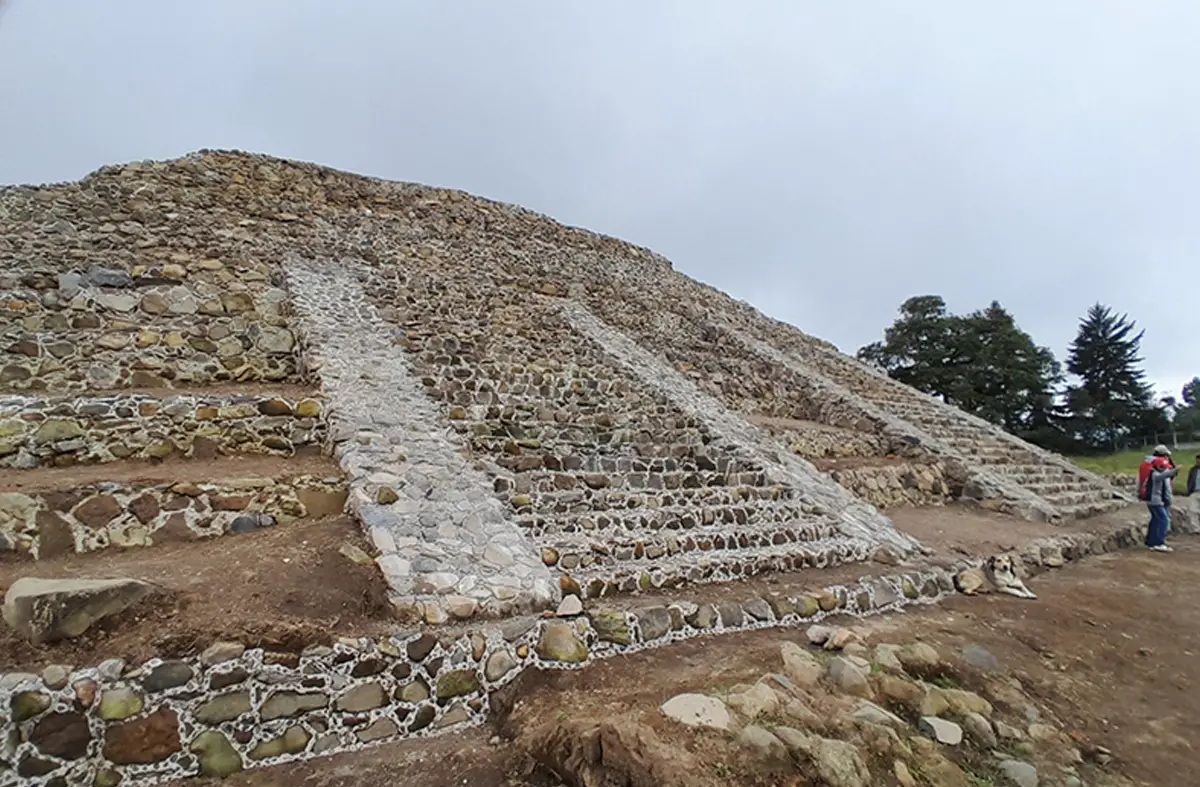Archaeologists from the National Institute of Anthropology and History (INAH) have recently been conducting excavations at Tetelihtic, located in the municipality of Teteles de Ávila Castillo in Mexico’s State of Puebla.
Following a series of research projects since 2014, the site has been revealed to be a large ceremonial complex covering an area of 7.4 acres. Tetelihtic reached its height between 200 BC and 100 BC during the Late Formative period, and continued to be inhabited for another four centuries.
Archaeologists theorise that Tetelihtic may have served as an astronomical observatory to record the agricultural cycle, as the entire urban complex appears to be aligned with mountain ranges from the surrounding landscape.
The largest structure (designated Structure 1), is believed to have an alignment with Canopus, the brightest star in the southern constellation of Carina, and may be connected with the Nahua goddess Nantehuitz, known as “our mother of the south.”
According to a recent press statement by INAH, excavations of the structures in Tetelihtic’s Great Plaza, known locally as “Los Cerritos”, has revealed new findings to suggest that Tetelihtic could be the birthplace of the Totonac culture.
The culture reached its peak during the Late Classic Period, with the construction of major ceremonial centres such as El Tajín, Yohualichán, Nepatecuhtlán, Las Higueras, Nopiloa and Zapotal.
The head of the Teteles Archaeological Project stated to HeritageDaily that archaeologists have recently uncovered a well in Structure 2, which contained a ceremonial offering of charcoal, ceramics, and a palm-tree sculpture that symbolised a snake. The researchers believe that the well was created by Totonac groups during the Epiclassic Period (AD 650 to 900) to honour their ancient ancestors.
According to INAH: “The architectural style of Tetelihtic’s ceremonial centre suggests links to the Huasteca region, supporting the theory that its original inhabitants were ancestors of the Totonac people who later settled in Yohualichan (Cuetzalan, Puebla) and El Tajín (Veracruz).”
Excavations also confirmed that Tetelihtic’s original layout and the alignment of its pyramidal structures were guided by astronomical knowledge. Structure 1 is aligned with the February appearance of Canopus, signaling the start of the Mesoamerican calendar, while Structure 2 was part of a complex designed for solar observation.
Header Image Credit : INAH
Sources : INAH







